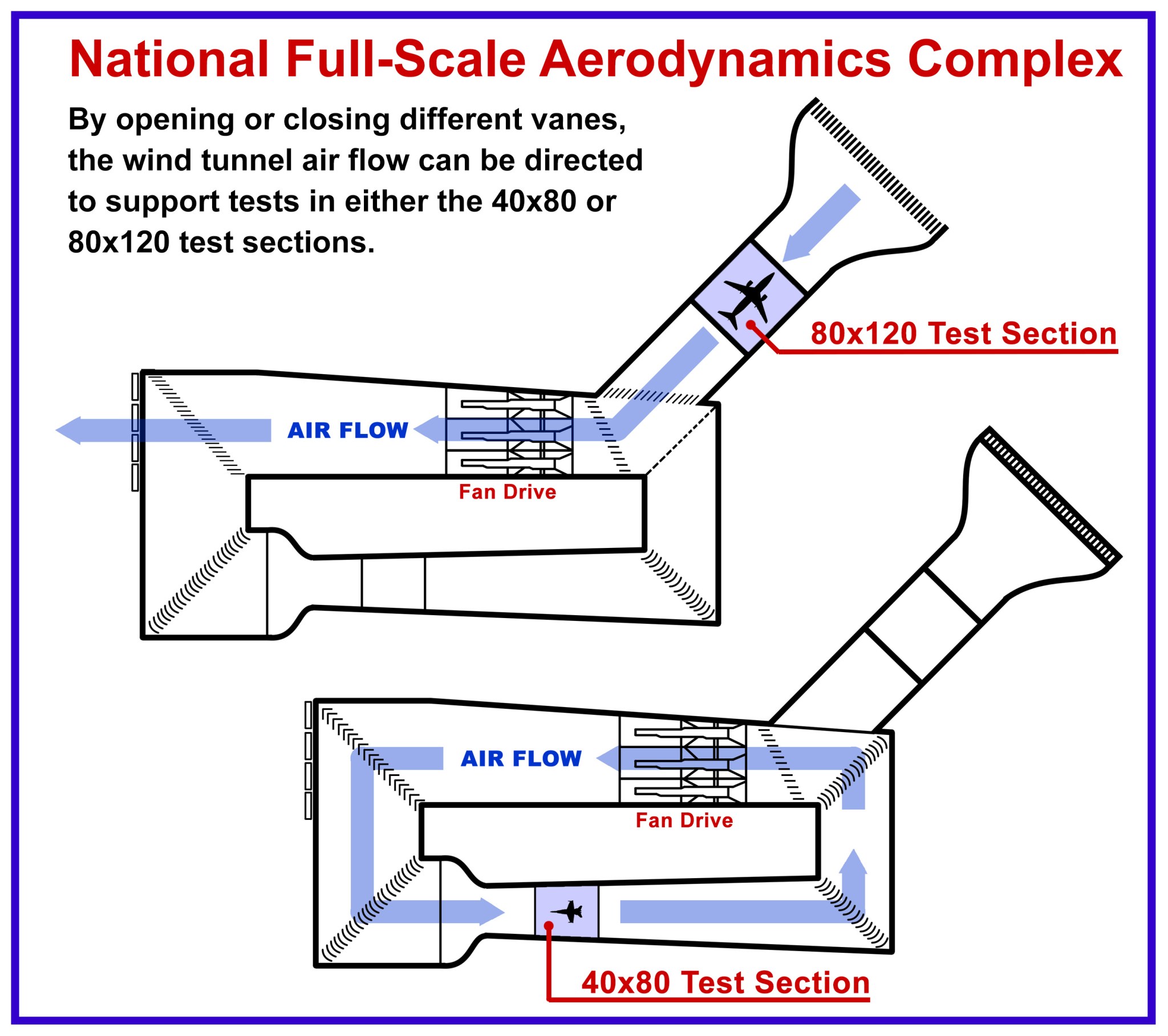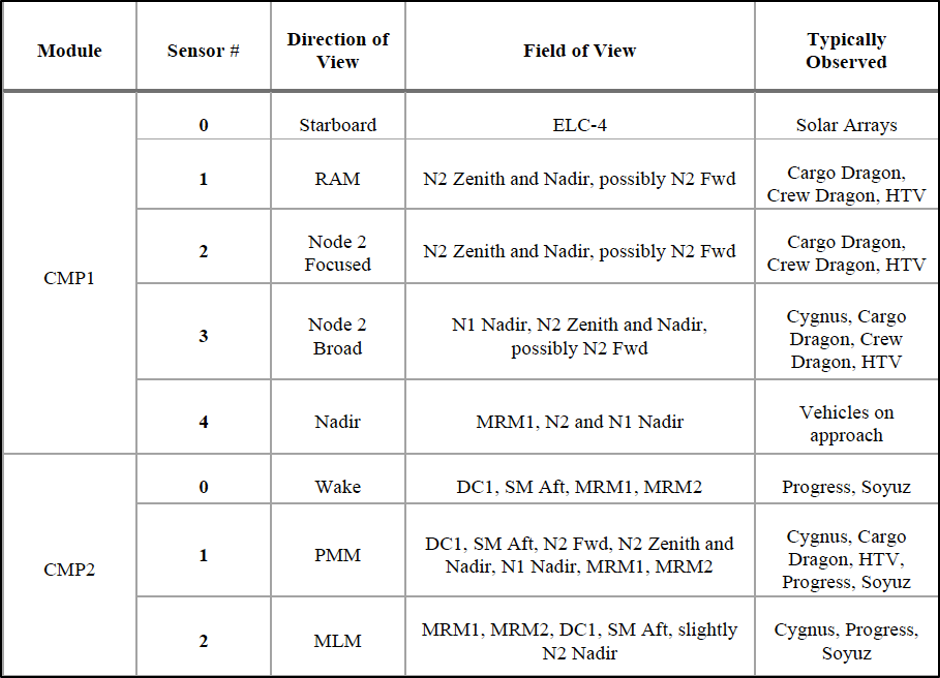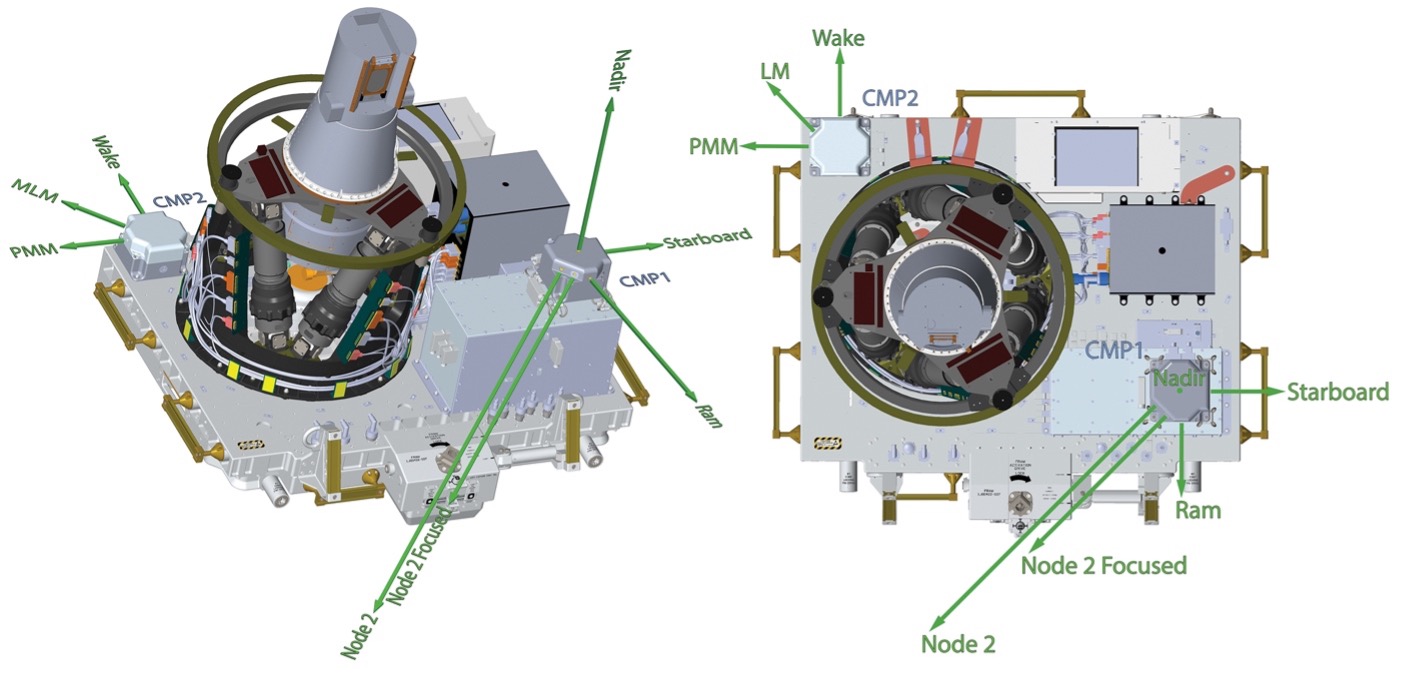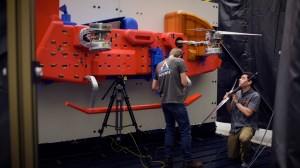Operating a science instrument aboard a crewed, frequently visited space station the size of a football field poses many challenges to data collection and quality. The Stratospheric Aerosol and Gas Experiment (SAGE) III instrument, currently on board the International Space Station (ISS), is equipped with the tools necessary to deal with these challenges.
Commanded from NASA’s Langley Research Center in Hampton, Virginia, SAGE III is a solar and lunar occultation instrument mounted externally on the ISS measuring Earth’s stratospheric ozone, aerosols, water vapor and other trace gases. Every time the sun, or moon, rises and sets, SAGE uses the light that passes through the atmosphere to measure gases and particles in that region of the atmosphere.

The ISS environment has proved to be dynamic, with many factors affecting Earth science data collection. SAGE III was the first instrument on ISS to be built with two Contamination Monitoring Packages (CMPs) to monitor environmental conditions and manage contamination events as they arise.
CMP1 and CMP2 have multiple sensors containing quartz crystals that vibrate at frequencies dependent on the amount of contamination deposited onto them.
Data from the CMP modules have allowed the SAGE III team to develop flight rules for visiting vehicles and ISS attitude changes to protect the payload and telescope optics by commanding the contamination door closed. In addition, if real-time data indicate an unacceptable accretion rate of contamination, the flight computer will automatically close the contamination door to protect the optics and allow quality science data collection to continue safely. Fortunately, unexpected contamination levels have never been high enough to cause the automatic closure of the contamination door.
After more than four years of collecting and studying CMP data, the SAGE III team has determined that visiting vehicles have been the largest source of contamination.
When a visiting vehicle is docking, undocking, or outgassing and contamination levels are high, the SAGE III mission operations team can perform a special analysis of the CMP sensors during which they increase the temperature of its crystals in an attempt to burn off contamination.

“If we find during analysis that contamination burns off at a specific temperature, we can determine what type of contamination we are burning off by matching to something that is already ‘known’ to burn off at that particular temperature,” said SAGE III CMP lead Tyler Dawson.
The SAGE III team found that Cargo Dragon vehicles consistently had the highest rates of contamination on the CMP sensors that could not be burned off and removed, also known as chemisorption.
Contamination on the CMP1 Node 2 sensors has continued to slowly increase since the SAGE III mission began in 2017.
During periods when there is less shading on areas of the space station near SAGE III, heating can cause increased vehicle outgassing toward the instrument. When Cargo Dragon vehicles have visited the space station during these periods, contamination on the SAGE III CMP Node 2 sensors increased without returning to previous levels, which suggests that contamination has continued to chemisorb onto the CMP sensors.
“The CMP data really help characterize what is being brought to the ISS, which is typically a closed environment, except for what these vehicles are bringing from Earth,” said Dawson.
Without continuous monitoring by the CMPs and use of the contamination door, it is likely the SAGE III atmospheric science data products would have been degraded — something future external ISS payloads should consider.
Not only do the CMPs protect the payload and improve the science data products, but the CMP data also validate what external partners expect to see as ISS contamination sources. The SAGE III team provides the ISS Program and other relevant parties with contamination data correlated with station events which aid in closing the knowledge gap of on-orbit sources of contamination.
For more information about the SAGE III/ISS Contamination Monitoring Package data and studies, the paper SAGE III/ISS Contamination Monitoring Package: Observations in Orbit can be accessed online on the NASA Technical Reports Server.






























